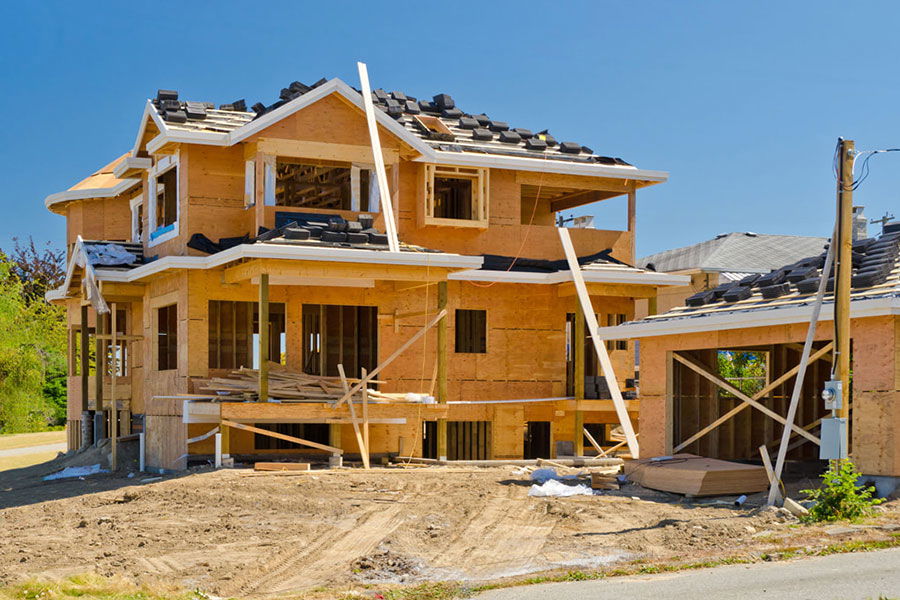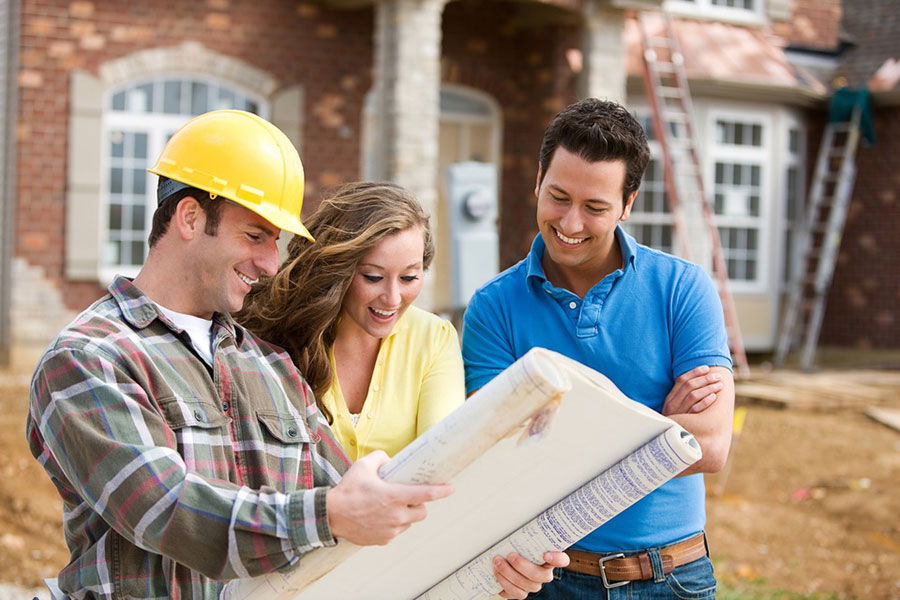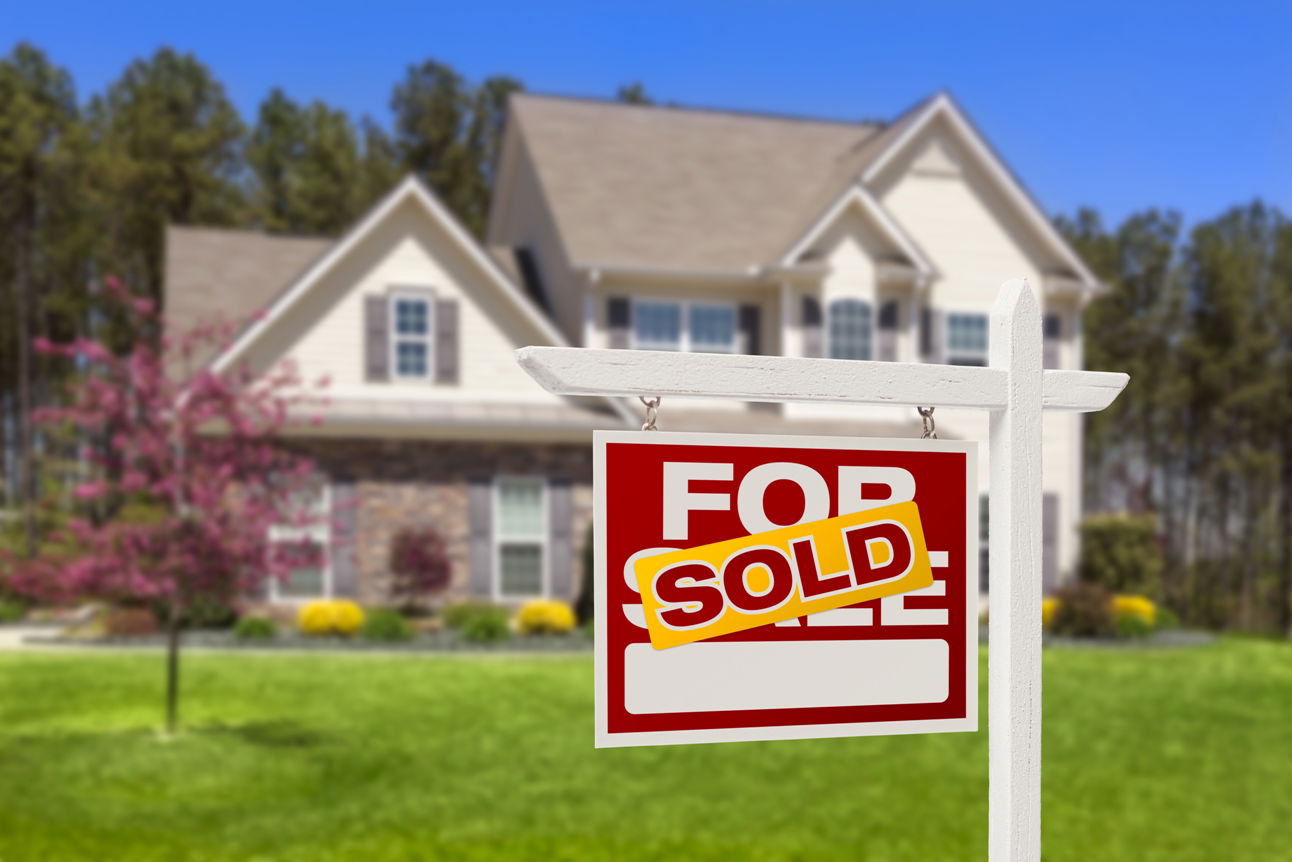The cost difference between building and buying often comes down to location, size, and timing. On average, building a new home in the U.S. runs between $150 and $250 per square foot, which means a 2,000-square-foot house could cost anywhere from $300,000 to $500,000 before factoring in land.
By comparison, the median price of an existing home in 2025 is around $400,000, though that varies widely depending on your local market.

Buying tends to be cheaper up front, but it can also mean dealing with older systems and higher maintenance costs. Building gives you control over design and efficiency, but delays, labor shortages, and rising material prices can make final costs unpredictable.
For most buyers, the decision comes down to whether saving time and money now matters more than customizing a home that may cost more initially but could be cheaper to maintain over the long run.
Key Takeaways
- Building a home often costs more and takes longer due to land, construction, and delays, but it offers customization and energy efficiency.
- Buying an existing home is usually cheaper and faster, with location options and established landscaping, but may require design compromises and repairs.
- Financing for building typically involves construction loans, personal loans, or land loans, while mortgages are most common for buying existing homes.
Average Cost to Build vs. Buy a House in 2025
The average cost to build a house in 2025 ranges between $150 and $250 per square foot. That puts a 2,000-square-foot home between $300,000 and $500,000 before land costs. By contrast, the median price of an existing home is about $400,000 nationwide, though the final number depends heavily on your local market.
Building gives you a brand-new home with modern features, but costs can rise quickly if materials or labor prices climb. Buying often looks cheaper upfront, but you may inherit repair and maintenance expenses over time.
Key averages to keep in mind:
- Median existing home price: Around $400,000
- Average build cost: $150–$250 per square foot
- Land purchase: Ranges from under $20,000 in rural areas to six figures near major cities
Factors That Affect Whether It’s Cheaper to Build or Buy
Several factors determine whether building or buying makes more financial sense. Your decision often comes down to where you live, the type of home you want, and how flexible you are with timing and costs.
Land Prices and Location
Land is often the biggest swing factor in cost. In rural areas, you might find several acres for under $20,000, making building more attractive. In or near large cities, land often costs far more, which usually makes buying an existing home the cheaper option.
Home Size and Style
The design and size of the house directly influence costs. Smaller options like tiny houses or A-frames can be built for much less than a standard home. Prefab or modular homes also help cut costs because they’re assembled off-site and delivered in ready-to-install sections.
Construction Delays and Hidden Costs
Building projects almost always face unexpected costs, whether from material price increases, labor shortages, or delays with permits and inspections. These hidden expenses can push total costs well beyond your original budget.
Maintenance and Upgrades
Older homes may cost less upfront but often come with repair needs such as roof replacements, outdated plumbing, or energy upgrades. A new build avoids many of these issues for the first several years, though long-term maintenance is still unavoidable.
Regional Cost Differences to Consider
Where you plan to live plays a huge role in whether building or buying is cheaper. In rural areas, land can be found for under $20,000, making new construction more realistic. Labor and permitting may also be less costly, which helps keep overall expenses down.
In large cities or close suburbs, land prices are often far higher, and buildable lots can be hard to find. In these areas, buying an existing home is usually more affordable, even if the property needs updates.
Regional housing demand also matters. In fast-growing states like Texas or Florida, building may still make sense if new developments keep costs competitive. In older, denser markets like New York or California, purchasing an existing home is typically the more cost-effective choice.
Timeframe to Build vs. Buy
The time it takes to buy an existing home is usually much shorter than building. Most buyers can close on a property within 30 to 60 days, depending on financing and inspections. That makes buying the better option if you need to move quickly.
Building a home, on the other hand, often takes nine months to a year from start to finish. The process can stretch even longer if you run into delays with permits, labor shortages, or supply chain issues. Custom homes typically take more time than modular or prefab builds.
If speed is your top priority, buying almost always wins. Building makes sense if you’re flexible on timing and value customization over moving in right away.
Financing Options for Building and Buying
How you pay for a home can change the overall cost. Building usually requires more complex financing, while buying an existing home often means a straightforward mortgage.
Construction Loan
A construction loan works like a short-term line of credit, letting you draw funds as the project moves forward. Payments are interest-only until the home is finished, but rates are usually higher than traditional mortgages. Once construction is complete, you’ll refinance into a standard mortgage.
Personal Loan
A personal loan can fund smaller projects or supplement other financing. Rates depend on your credit score, and terms are shorter than mortgages, often between two and ten years. Secured personal loans, backed by assets like savings or investments, usually come with lower interest rates.
Land Loan
A land loan covers the purchase of raw land, especially if utilities or infrastructure aren’t yet in place. Lenders typically require at least 50% down because these loans carry more risk. You may need to combine a land loan with another financing option to cover construction later.
Mortgage Loan
A mortgage is the most common option for buying an existing home. Rates are lower than other loan types, and down payments can be as little as 3.5% with FHA programs for first-time buyers. Mortgages are generally easier to qualify for than construction or land loans.
| Loan Type | Typical Interest Rate | Down Payment | Ease of Approval |
|---|---|---|---|
| Construction Loan | Higher than mortgage | 20%+ | Moderate |
| Personal Loan | Higher, credit-based | None | Moderate–Difficult |
| Land Loan | High | 50%+ | Difficult |
| Mortgage Loan | Lowest | 3.5%–20% | Easiest |
Utility and Sustainability Costs
Utility connections and energy efficiency often get overlooked but can add thousands to the total price. Whether you buy or build, it pays to consider these costs before making a decision.
Connecting Utilities for New Construction
New construction requires full setup of electrical wiring, plumbing, and heating or cooling systems. Running power lines, installing a septic system, and connecting to city water can cost anywhere from a few thousand dollars to tens of thousands, depending on the property.
Living Off the Grid: Costs vs. Savings
Off-grid living avoids monthly utility bills, but the upfront price is high. Solar panels can cost more than $13,000 after tax credits, septic systems can add up to $10,000, and wells also run into thousands. In many areas, local codes limit or restrict off-grid options, so financing can be harder to secure.
Energy Efficiency in New vs. Older Homes
A new build is often cheaper to operate because modern construction standards include better insulation and energy-efficient systems. Existing homes may need upgrades like window replacements or new HVAC units, which add to long-term costs. While building requires more upfront investment, ongoing utility bills may be lower compared to an older house.
Pros & Cons of Building a House
Building a home can give you complete control over the design and features, but it also comes with higher costs and more responsibility. Here are the main advantages and disadvantages to consider.
Pros
- Customization: Choose the layout, style, and finishes that fit your lifestyle.
- Lower maintenance: A new home reduces the need for immediate repairs.
- Energy efficiency: Modern construction often includes better insulation and systems.
- Less competition: You avoid crowded real estate markets and bidding wars.
Cons
- Higher price: Building typically costs more than buying an existing home.
- Potential delays: Weather, labor shortages, and permits can push back timelines.
- Added stress: Coordinating financing, contractors, and design choices takes effort.
- Time commitment: From start to finish, building usually takes a year or more.
Pros & Cons of Buying an Existing Home
Buying an existing home is usually faster and more affordable upfront, but it can also mean making compromises or handling repairs sooner than expected. Here are the key pros and cons.
Pros
- Lower price: Purchasing an existing home is often cheaper than building new.
- Faster move-in: You can usually close and move within weeks.
- Better locations: Existing homes are more available near jobs, schools, and city centers.
- Mature landscaping: Trees, gardens, and established yards add instant appeal.
Cons
- Competitive market: Bidding wars and limited inventory can drive up prices.
- Compromises: Layouts, finishes, or styles may not fit your preferences.
- Repairs: Older homes often need upgrades or maintenance sooner.
- Less efficient: Outdated systems can mean higher energy costs.
When Building Makes More Sense
Building is often the smarter choice if you want complete control over your home and are comfortable with a longer timeline. It works well when land is affordable, especially in rural or suburban areas where large lots cost less. Building also makes sense if you want energy-efficient systems, plan to stay in the home long-term, or are open to saving money by doing some of the work yourself.
When Buying Makes More Sense
Buying is usually the better option if speed and convenience are your priorities. You can move in within weeks, which is ideal if you need housing right away. Buying also makes sense if you want to live in a city or established neighborhood where land is expensive or scarce. For many people, avoiding the stress of construction and gaining access to existing infrastructure outweigh the benefits of building from scratch.
Bottom Line
Buying an existing home is usually the cheaper and easier option. You’ll save time, avoid construction delays, and often secure a better location, especially if you want to live in or near a city. Even if the home needs some repairs, the convenience of moving in quickly is a major advantage.
Building, on the other hand, can be worth it if you want a home designed exactly to your needs. New construction often means lower maintenance costs and better energy efficiency, which can save money over time. It also works well if you’re in an area with affordable land and you’re not in a rush to move.
In the end, the choice comes down to your priorities. If cost and speed matter most, buying makes more sense. If customization and long-term efficiency are your goals, building could be the better path.




